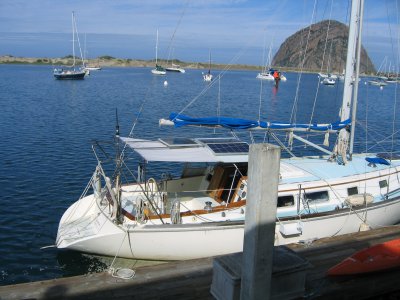- Joined
- Oct 11, 2016
- Messages
- 4,008
We have a wide spread membership, and many of our senior members are always willing to help newbies with their shop. If you don't know an experienced machinist, ask here - if we don't have anyone near you, we might be able to find someone to help you evaluate a lathe.
Very few people are lucky enough to get their lifetime lathe on their first try... If you are going to develop and progress in this hobby, equipment upgrades should be expected... This often happens in sailing (I've sailed for 30+years) - ever hear of 2-foot-itis?
One of the worst things of getting a poor quality lathe: it takes a lot of experience to do good work on them, and they are lousy to learn on. They are very likely to turn you away from an enjoyable hobby.
Very few people are lucky enough to get their lifetime lathe on their first try... If you are going to develop and progress in this hobby, equipment upgrades should be expected... This often happens in sailing (I've sailed for 30+years) - ever hear of 2-foot-itis?
One of the worst things of getting a poor quality lathe: it takes a lot of experience to do good work on them, and they are lousy to learn on. They are very likely to turn you away from an enjoyable hobby.


